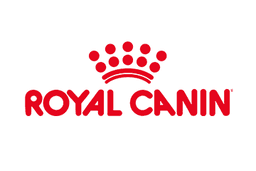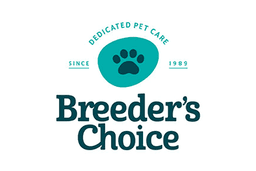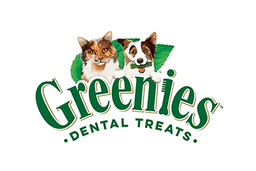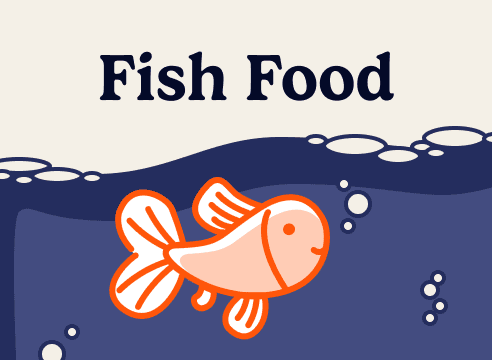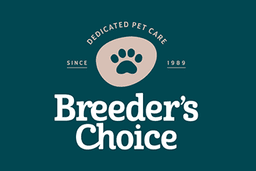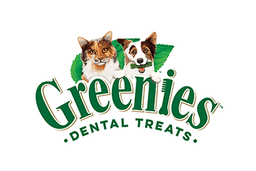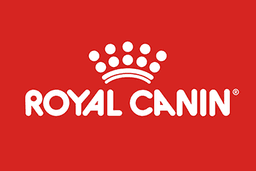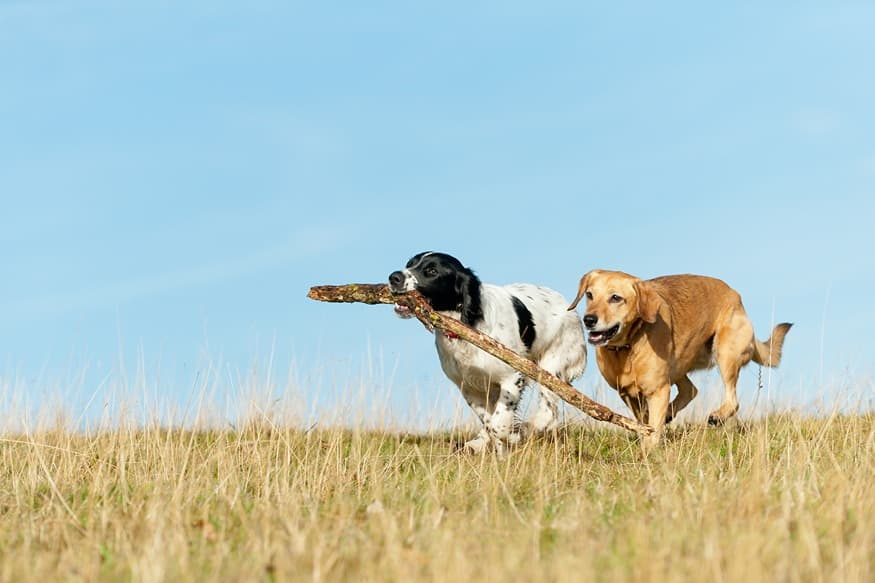“How much exercise does a dog need?” is a question many dog owners have probably googled or asked their vet at some stage.
The facts are that all dogs, big and small, need regular exercise. And as dog owners everywhere will attest – they usually enjoy it immensely as well.
No matter how much we humans might be drawn to a couch, there is usually no issue getting our dogs wagging enthusiastically at the mere hint or suggestion of a walk!
What Walks and Play Mean for Your Dog
Exercise is crucial for dogs, as it strengthens their muscles, keeps them in good shape, and stimulates their minds. It also provides them with an opportunity to explore their surroundings.
While a walk may seem like exercise to us, for your dog it’s much more. It’s a chance to see new sights, sniff intriguing scents, and meet other dogs and people. If your dog gets some off-leash time in a dog park, they can play freely and perfect their skills in games like catch or fetch – activities that many dogs enjoy long after their owners have tired out!
But the best part for your dog? A walk means spending quality time with their favourite person in the world – you.
How much exercise does a dog need?
The amount and type of exercise depends on the breed, age, size and condition of the dog.
| Lifestage | Exercise Recommendations |
|---|---|
| Puppy | Puppies require gentle introduction to exercise as they are still developing. Start with short walks (15-20 minutes) and allow frequent rest periods. Supervised playtime is essential for learning social and road manners. Avoid strenuous activities to prevent joint and bone issues. Consult your vet for a tailored exercise plan, especially if your puppy shows signs of fatigue or discomfort. |
| Adult | Exercise needs vary by breed, size, and energy levels. Active breeds may require up to two hours of daily exercise, including walks, play, and mental stimulation through training. For less active or overweight dogs, gradually increase activity levels to avoid strain. Monitoring for signs of fatigue or overexertion is crucial, especially in dogs transitioning from a sedentary lifestyle. Regular vet check-ups can help adjust exercise routines based on health status. |
| Senior | Senior dogs benefit from consistent, low-impact exercise to maintain mobility and overall health. Gentle walks and swimming can be ideal, as they reduce stress on joints. Adjust the duration and intensity based on your dog's health, and avoid activities that cause discomfort. Regular vet consultations are important to manage age-related conditions like arthritis, ensuring your dog remains comfortable and active in their golden years. |
What Kind of Exercise and How Often?
Most dogs love a good half-hour walk, but there are plenty of other ways to keep them active and stimulate their minds. This can include jogging, playing games in the garden or park (like fetching sticks or catching balls), or even more advanced training sessions.
The RSPCA advises against tethering dogs to a bicycle, as this can overexert them. Instead, they recommend letting dogs move at their own pace.
While dogs generally enjoy routine, taking your dog on new routes or to different places can help keep their minds engaged and stimulated.
Consistency in your dog’s exercise routine is important. Regular daily walks or trips to the park are ideal. Allowing your dog to be sedentary all week and then overly active on the weekend could do more harm than good.
Too Much or Too Little?
Symptoms of Over-Exercising
Signs of over-exercise in dogs include tenderness, soreness, or limping, and they may even refuse to walk. Over-exhaustion can also make them appear anxious or lethargic. If your dog hides or refuses to go out when you pick up the lead, consider whether they might be overdoing it!
Other tell-tale signs of too much exercise include overtiredness, stiffness in the joints, or worn paw pads.
Symptoms of Under-Exercising
On the flip side, inadequate exercise can lead to weight gain and a loss of muscle strength. Boredom from lack of stimulation can result in mischief, such as chewing on your best shirt or digging up your favourite plants.
A dog that isn’t exercised or engaged with enough may also show signs of sadness or appear to be moping around as if they feel unloved.
One thing’s for sure – if your dog isn’t getting as many walks as they want, they will soon let you know!
Seasonal Considerations for Exercising Your Dog
The weather can significantly impact your dog’s exercise routine, so it’s important to adjust activities accordingly. In hot weather, opt for early morning or late evening walks to avoid the heat, and always bring water to keep your dog hydrated. During colder months, shorter walks may be necessary, and you might consider using a dog coat for extra warmth. Be mindful of the ground temperature as well, as hot pavement or icy surfaces can harm your dog’s paws. By adapting to the seasons, you can keep your dog safe and comfortable year-round.
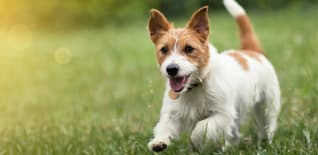
Exercising with Dogs Outside in Summer
Incorporating Mental Stimulation into Exercise
While physical activity is crucial for your dog, mental stimulation is just as important. Engaging your dog's mind during exercise can prevent boredom and reduce the likelihood of destructive behaviours. Consider incorporating puzzle toys, agility courses, or interactive games like hide-and-seek into your routine. Teaching new commands or tricks during playtime is another great way to challenge your dog's brain. By keeping their mind active, you'll help ensure your dog is both mentally and physically fulfilled.

Enrichment for Dogs
The Importance of Socialisation During Exercise
Exercise is more than just physical activity; it’s also a valuable opportunity for socialisation. Regular interaction with other dogs and people helps your dog develop good social skills and reduces anxiety or fear in new situations. Visits to dog parks, group walks, or playdates with other dogs can enhance your dog’s confidence and behaviour. Remember to introduce your dog to new environments gradually and monitor their interactions to ensure they feel comfortable and safe. Socialisation during exercise not only benefits your dog’s well-being but also strengthens your bond with them.
To keep your dog happy, healthy, and well-behaved, finding the right balance of physical exercise, mental stimulation, and socialisation is key.
By adapting their routine to the seasons and paying attention to their individual needs, you’ll ensure your furry friend enjoys a long and fulfilling life by your side. Whether it’s a daily walk, a new game to challenge their mind, or socialising with other dogs, every moment of exercise contributes to their overall well-being and strengthens the bond you share.



